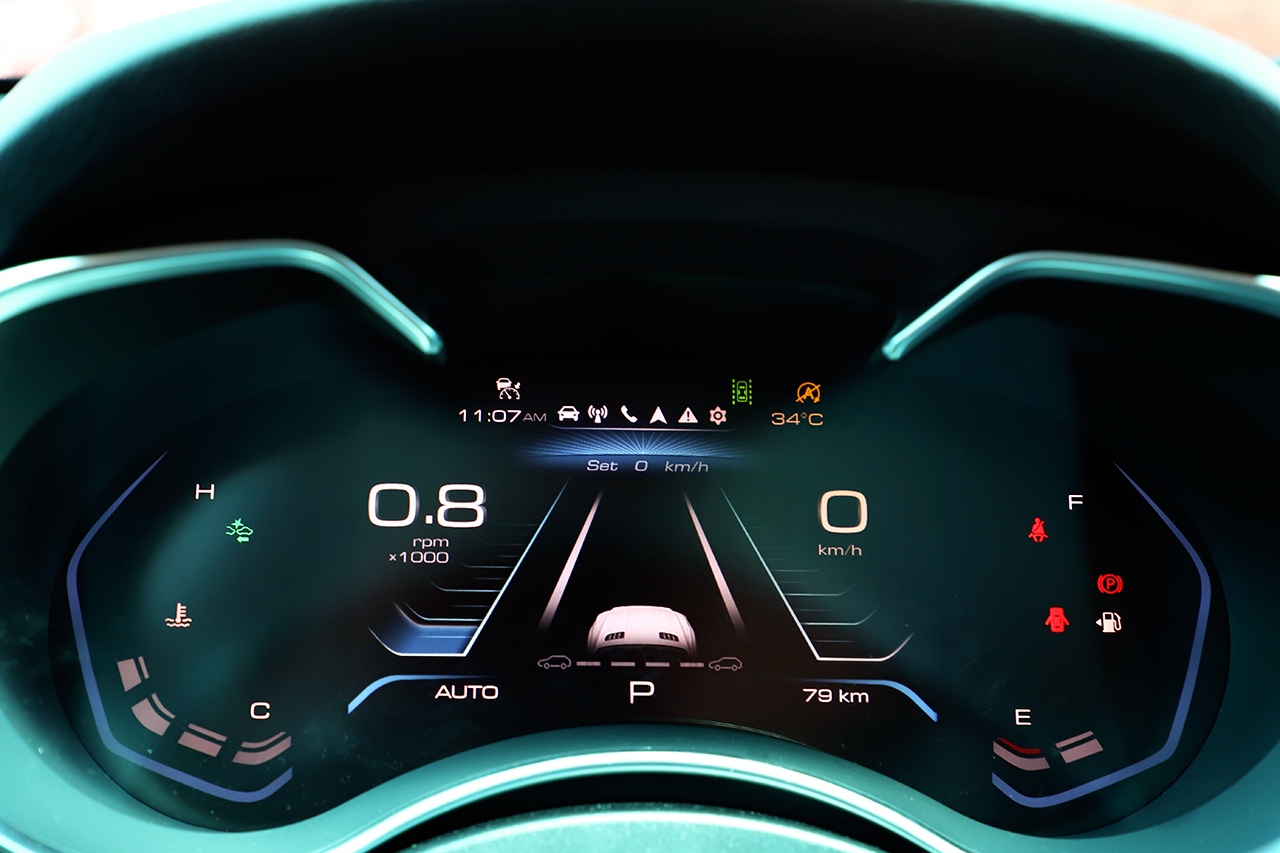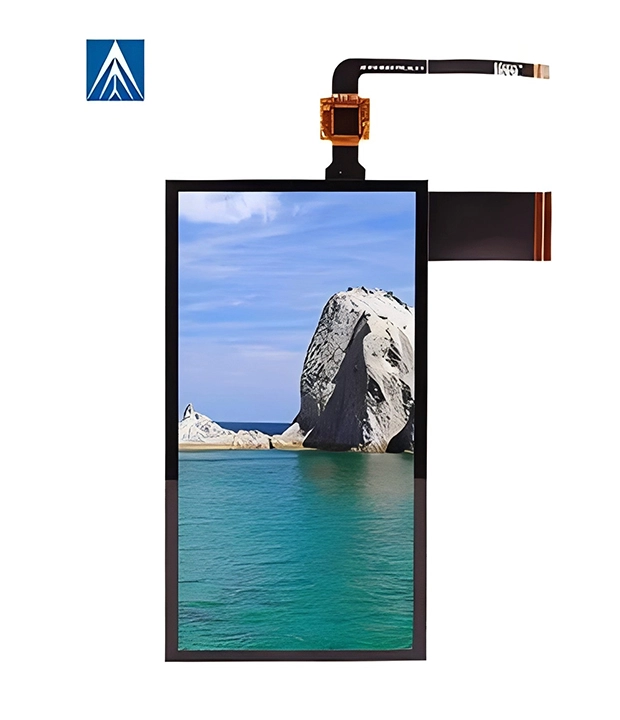In-vehicle automotive LCD monitors are screens fitted in cars to show information. These car LCD displays connect car audio-visual systems, navigation systems, and vehicle information systems, giving drivers and passengers a rich and easy interactive experience. As leading lcd suppliers, we understand the vital role these components play in modern vehicles.
In the rapidly evolving automotive industry, the integration of advanced technology has become a cornerstone for enhancing the driving experience. One of the most significant advancements in this realm is the application of the lcd display module in automotive LCD monitors. These in-vehicle displays are not just mere screens; they are sophisticated interfaces that connect car audio-visual systems, navigation systems, and vehicle information systems, providing both drivers and passengers with a seamless and interactive experience. Modern automotive LCD solutions sometimes incorporate supporting components such as LCD TFT module or display technologies, ensuring that information is displayed clearly and efficiently, enhancing usability and safety.

LCD modules have revolutionized the way information is presented within vehicles. Traditionally, dashboards were cluttered with numerous analog dials and gauges, which could be overwhelming and difficult to read at a glance. However, with the advent of auto touch screen technology and advanced LCD display applications, all essential information can now be displayed on a single, sleek screen. To enhance touch responsiveness, automotive interfaces may integrate technologies such as CTP display or CTP panel, improving user interaction. This not only enhances the aesthetic appeal of the vehicle's interior but also improves functionality by offering a more organized and user-friendly interface. Many drivers now rely on automotive touch screen panels for intuitive control of vehicle systems.
One of the primary applications of car LCD displays in automotive on-board monitors is in navigation systems. These displays provide real-time maps, turn-by-turn directions, and traffic updates, ensuring that drivers can navigate unfamiliar routes with ease. The high resolution and clarity of automotive LCD monitors make it easier to read maps and follow directions, even in bright sunlight or low-light conditions. The integration of car LCD touch screen functionality allows drivers to interact directly with the navigation interface for more convenient operation.

In addition to navigation, auto touch screen systems are integral to car audio-visual systems. They allow users to control music, radio, and other media with just a few taps, offering a more intuitive and enjoyable entertainment experience. Some systems may also utilize advanced display solutions from OLED display wholesale providers for enhanced contrast and color performance. Furthermore, these displays can be used to show information from vehicle information systems, such as fuel levels, engine status, and maintenance alerts, ensuring that drivers are always informed about the condition of their vehicle. Automotive monitors provide a centralized way to view all vehicle data efficiently.

The application of automotive LCD monitors in on-board systems represents a significant leap forward in vehicle technology. By providing a centralized, easy-to-use interface for various systems, these car LCD displays enhance both the safety and convenience of driving, making them an indispensable feature in modern vehicles. With continuous advancements in the technologies of LCD display screen for car , drivers can expect increasingly intuitive, responsive, and visually clear in-car experiences.
Automotive LCD monitors offer numerous benefits that enhance the driving and passenger experience:
Clear and High-Resolution Displays: Automotive LCD monitors provide sharp, high-resolution visuals, ensuring that navigation maps, vehicle data, and entertainment content are easy to read, even in bright sunlight or low-light conditions.
Touchscreen Functionality: Many automotive LCD monitors come with touch functionality, allowing users to easily interact with navigation, audio, and other systems for a seamless in-car experience.
Customization Options: These displays can be tailored for various vehicle models, offering flexibility in size, resolution, and interface to meet specific automotive requirements.
Improved Safety: By centralizing navigation, vehicle diagnostics, and multimedia controls in a single, easy-to-read display, drivers can stay informed and focused on the road.
Aesthetic Appeal: Automotive LCD monitors improve the interior design with sleek, modern displays that replace cluttered analog dials and buttons.
As cars become increasingly digital, automotive LCD monitors are a cornerstone of modern vehicle design.
Automotive LCD monitors play a crucial role in enhancing both safety and convenience for drivers and passengers:
Real-Time Navigation: Displays provide real-time maps, turn-by-turn directions, and traffic updates to help drivers navigate safely and efficiently.
Vehicle Diagnostics: These monitors display critical vehicle information such as fuel levels, engine health, and maintenance alerts, ensuring the driver is always aware of the car’s condition.
Reversing and Parking Assistance: Integrated with rearview cameras, automotive LCD monitors offer clear visuals to assist with parking or reversing, reducing blind spots and the risk of accidents.
Hands-Free Controls: Touchscreen or voice-activated systems allow drivers to control audio, phone calls, and other features without taking their hands off the wheel, improving safety.
Entertainment for Passengers: Rear-seat displays provide entertainment for passengers during long journeys, supporting video playback and other multimedia features.
By combining advanced technology with user-friendly features, automotive LCD monitors are integral to the evolution of safe, connected, and convenient driving experiences.
